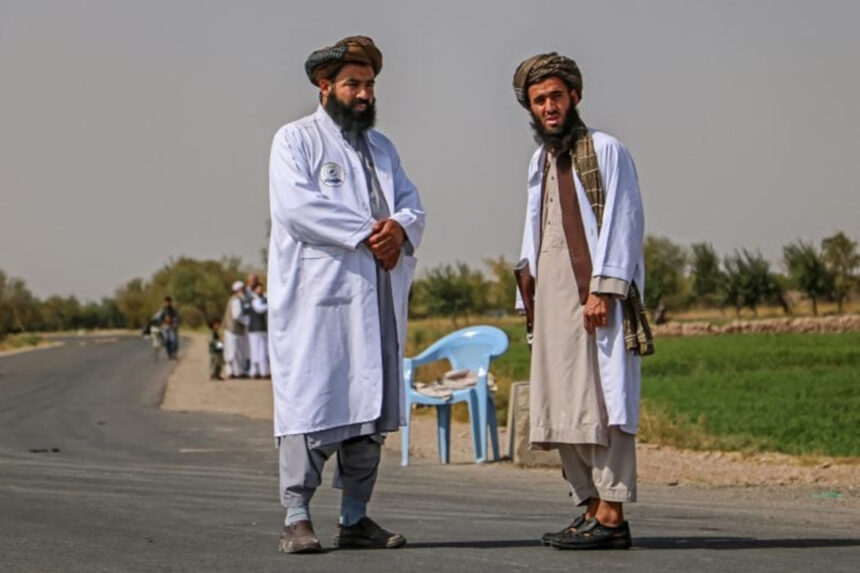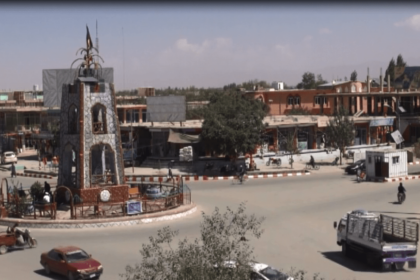RASC News Agency: The Afghanistan Freedom Front has claimed responsibility for a targeted nighttime attack in Kunduz province that reportedly killed two agents of the Taliban’s Ministry for the Promotion of Virtue and Prevention of Vice an entity widely criticized for enforcing the group’s draconian moral code. According to a statement released by the group on Tuesday, July 21, the assault specifically targeted the residence of Mullah Najib Ghafouri, the Taliban-appointed head of the morality police in the Khan Abad district of Kunduz city. The statement noted that another Taliban officer was wounded in the attack and that the fate of Mullah Ghafouri remains unknown.
Eyewitnesses in the area confirmed hearing a blast near the targeted compound. However, as is typical in such incidents, Taliban provincial authorities have refused to comment remaining silent amid growing evidence of armed resistance across several provinces. This assault comes just days after the Freedom Front vowed retaliation in response to a wave of arrests carried out by Taliban “virtue enforcers” in Kabul, where dozens of women and girls were detained under the pretext of “improper hijab.” The arrests triggered widespread condemnation from human rights organizations and sparked anger among ordinary citizens who view the Taliban’s morality campaigns as an extension of gender apartheid. The Freedom Front, one of the two most active anti-Taliban resistance groups currently operating in Afghanistan, has described the arrests of women in Kabul as “inhumane,” pledging to hold the perpetrators accountable through force if necessary. The group has steadily expanded its guerrilla operations in recent months, particularly targeting Taliban officials involved in repression and rights violations.
Since the Taliban’s return to power in 2021 (1400 Hijri), the Ministry for the Promotion of Virtue and Prevention of Vice an archaic institution revived by the regime has become one of the most feared organs of state enforcement. With sweeping authority to police dress codes, gender interactions, and public behavior, it has played a central role in dismantling personal freedoms and enforcing rigid ideological norms, particularly against women and girls. The same ministry, once a feared symbol of the Taliban’s first reign in the 1990s, has now reemerged as a tool for state terror dressed in religious language. Now, this very institution is becoming a target symbolically and tactically of the growing armed opposition. The attack on Mullah Ghafouri’s compound underscores an emerging pattern: resistance groups are no longer limiting their activities to remote ambushes but are increasingly striking at the heart of Taliban enforcement mechanisms.
In the shadow of mounting social repression and a collapsing economy, Afghanistan is once again entering a dangerous cycle of violence. But this time, resistance is being driven not just by ideology, but by the desperation of a nation suffocating under religious authoritarianism. As the Taliban continues its campaign of intimidation and gender persecution, the blowback may not come only from press conferences abroad but from explosive acts of defiance on their doorstep.






